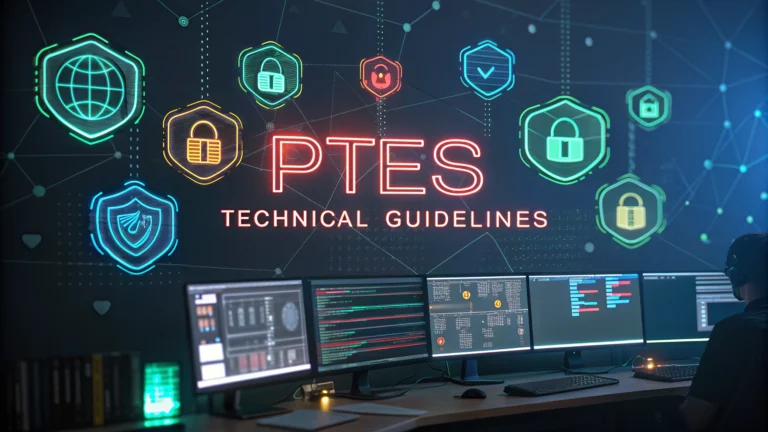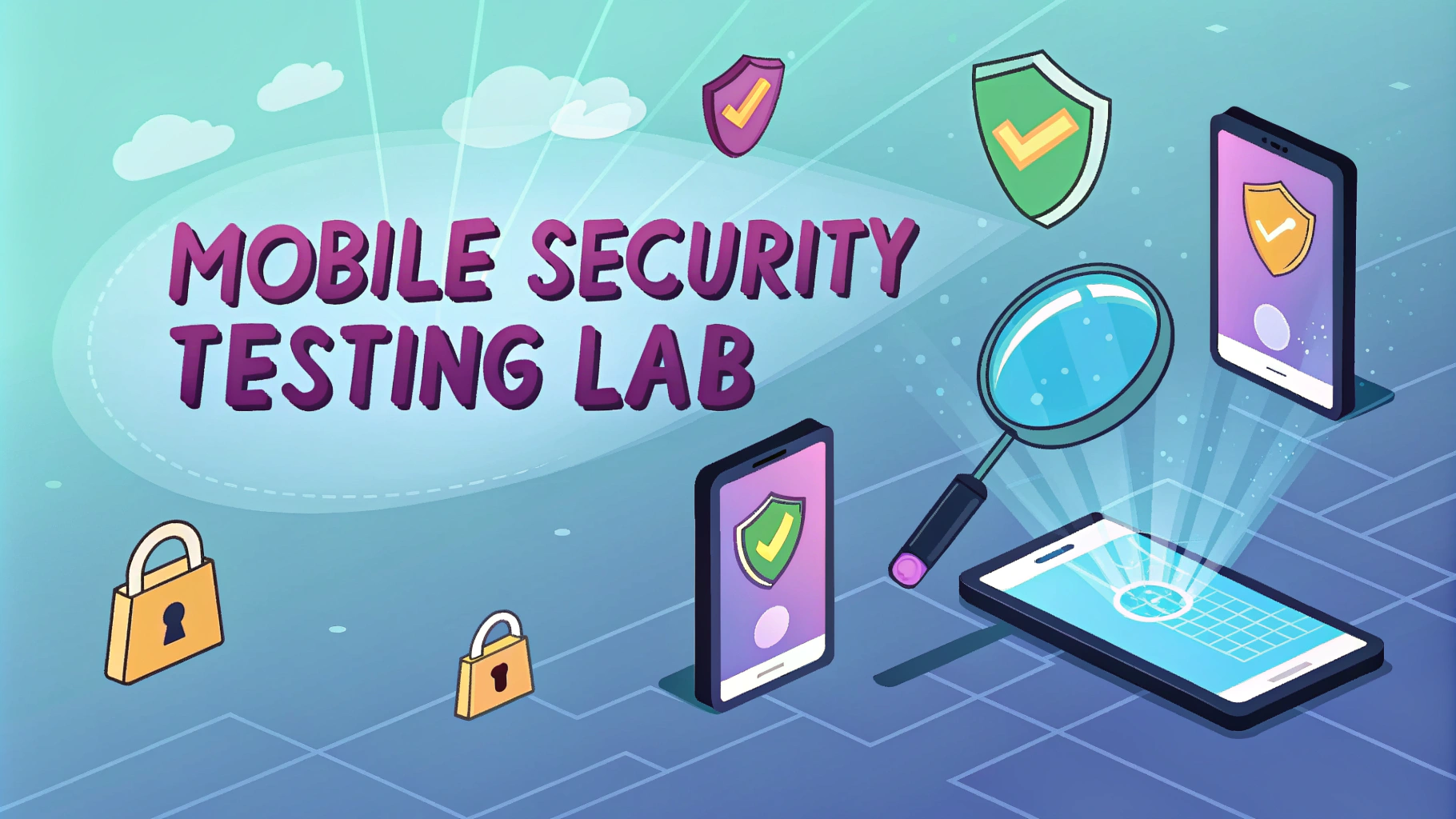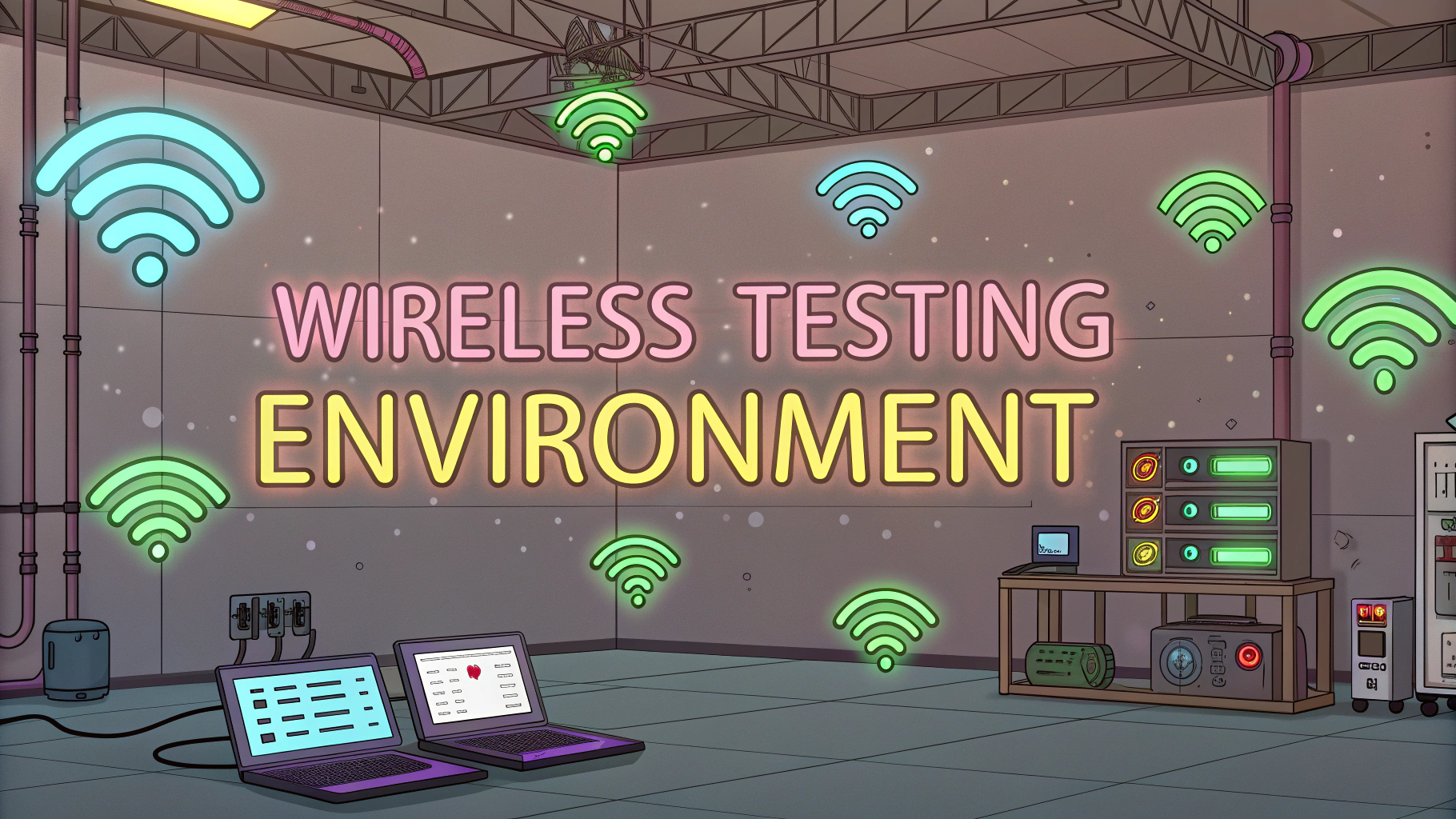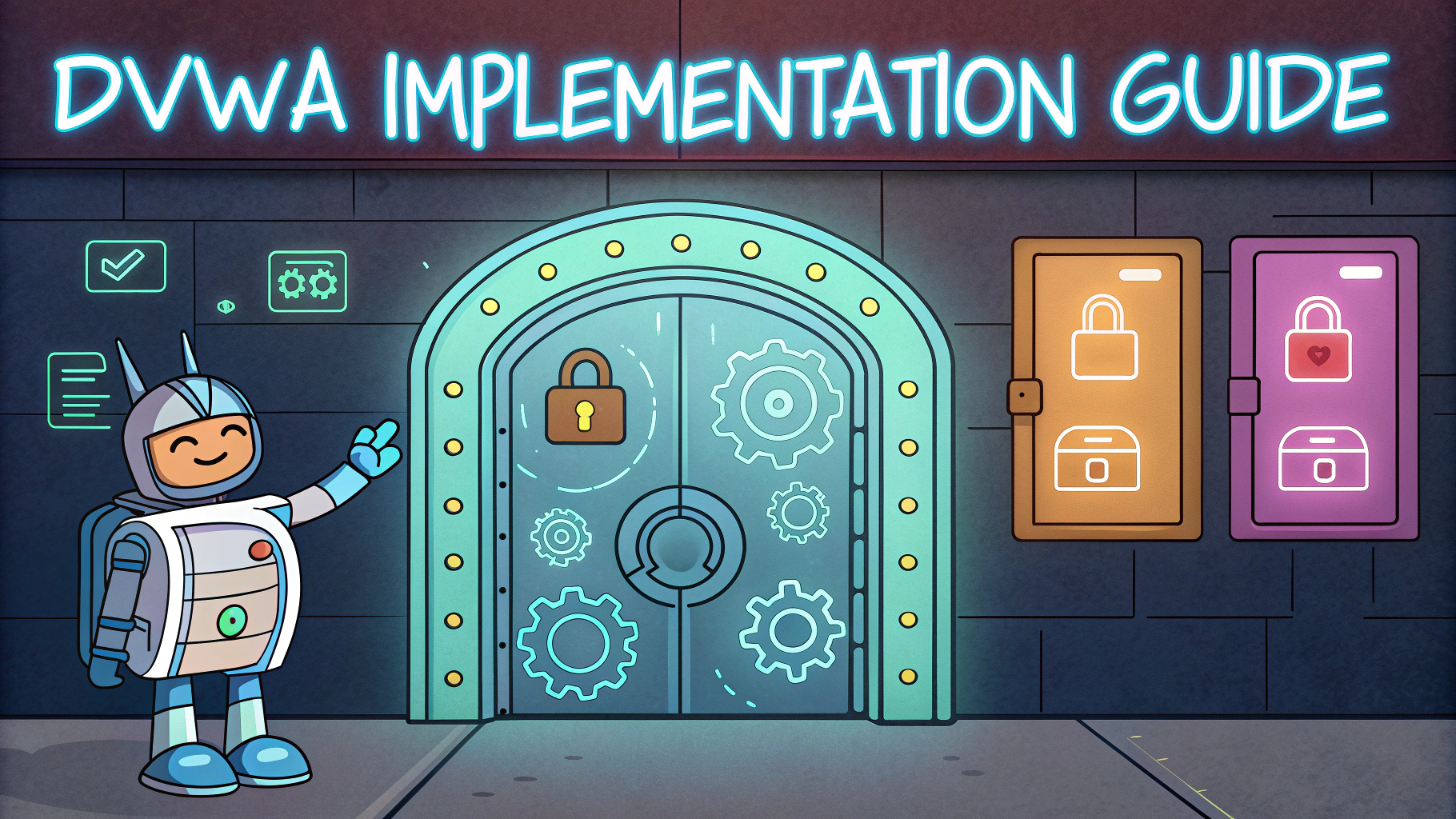The Penetration Testing Execution Standard (PTES) provides detailed guidelines for conducting professional penetration tests.
What is PTES?
PTES defines seven core phases that establish a baseline for thorough penetration testing.
The Seven Phases of PTES:
- Pre-engagement Interactions
- Scope definition
- Rules of engagement
- Communication protocols
- Intelligence Gathering
- Open-source intelligence (OSINT)
- Network enumeration
- Target profiling
- Threat Modeling
- Asset analysis
- Business process analysis
- Threat agent identification
- Vulnerability Analysis
- Active scanning
- Service identification
- Version fingerprinting
- Exploitation
- Initial access
- Privilege escalation
- Post-exploitation
- Post Exploitation
- Data collection
- Infrastructure analysis
- Pivoting
- Reporting
- Documentation
- Risk analysis
- Remediation recommendations
Technical Implementation
Each phase requires specific tools and methodologies for effective execution.
| Phase | Key Tools |
|---|---|
| Intelligence Gathering | Maltego, Recon-ng, Shodan |
| Vulnerability Analysis | Nessus, OpenVAS, Nmap |
| Exploitation | Metasploit, Burp Suite, Cobalt Strike |
Documentation Requirements
PTES emphasizes maintaining detailed records throughout the testing process.
Key Documentation Elements:
- Test objectives and scope
- Discovered vulnerabilities
- Exploitation attempts (successful and failed)
- Evidence collection
- Risk ratings
Resources
Access the official PTES documentation at pentest-standard.org.
Expert Tips:
- Always maintain proper documentation from the start
- Follow the defined scope strictly
- Use automated tools wisely but don’t rely on them exclusively
- Document all findings, even if they seem minor
- Keep communication channels open with the client
Report writing should follow the PTES documentation standards for consistency and professionalism.
Best Practices
Following industry-standard practices ensures reliable and repeatable testing results.
Critical Considerations:
- Safety Measures
- Data backup procedures
- System restoration plans
- Emergency contacts
- Legal Compliance
- Permission documentation
- Data handling regulations
- Cross-border considerations
Quality Assurance
Verification processes ensure testing accuracy and comprehensive coverage.
Quality Control Steps:
- Peer review of findings
- Validation of exploits
- False positive elimination
- Technical accuracy verification
Conclusion
PTES provides a structured approach to penetration testing that ensures thorough coverage and professional results. By following these standards, security professionals can deliver consistent, high-quality assessments that provide real value to organizations.
Key Takeaways:
- Standardized methodology improves testing quality
- Documentation is crucial throughout all phases
- Regular updates to methods and tools are essential
- Client communication remains a priority
FAQs
- What is PTES (Penetration Testing Execution Standard)?
PTES is a comprehensive methodology that defines seven phases of penetration testing: pre-engagement interactions, intelligence gathering, threat modeling, vulnerability analysis, exploitation, post-exploitation, and reporting. - What’s the difference between vulnerability scanning and penetration testing?
Vulnerability scanning is automated scanning for known vulnerabilities, while penetration testing is a comprehensive manual process that includes exploiting vulnerabilities, escalating privileges, and demonstrating business impact. - How long does a typical PTES-compliant penetration test take?
A comprehensive PTES-compliant penetration test typically takes 2-4 weeks, depending on the scope, size of the target environment, and depth of testing required. - What tools are commonly used in PTES-based penetration testing?
Common tools include Nmap for reconnaissance, Metasploit for exploitation, Burp Suite for web application testing, Wireshark for network analysis, and various custom scripts for specific testing scenarios. - What documentation is required during a PTES penetration test?
Required documentation includes pre-engagement scope definition, rules of engagement, vulnerability findings, exploitation proof of concepts, post-exploitation activities, and a comprehensive final report with remediation recommendations. - How does PTES handle post-exploitation activities?
PTES post-exploitation includes maintaining access, pivoting through the network, gathering additional intelligence, identifying high-value targets, and documenting the potential business impact of successful compromises. - What are the key elements of PTES threat modeling?
PTES threat modeling includes business asset analysis, business process analysis, threat agent identification, threat capability analysis, and motivation modeling to determine realistic attack scenarios. - How does PTES address the reporting phase?
PTES reporting includes executive and technical summaries, detailed findings, risk ratings, reproduction steps, affected systems, and specific recommendations for remediation, all tailored to different audience levels. - What are the legal considerations in PTES testing?
Legal considerations include obtaining written permission, defining scope boundaries, protecting client data, following data protection regulations, and ensuring compliance with local and international laws regarding security testing. - How does PTES handle sensitive data discovered during testing?
PTES requires proper handling of sensitive data through encryption, secure storage, limited access, proper disposal after testing, and immediate notification to the client if critical security issues are discovered.








